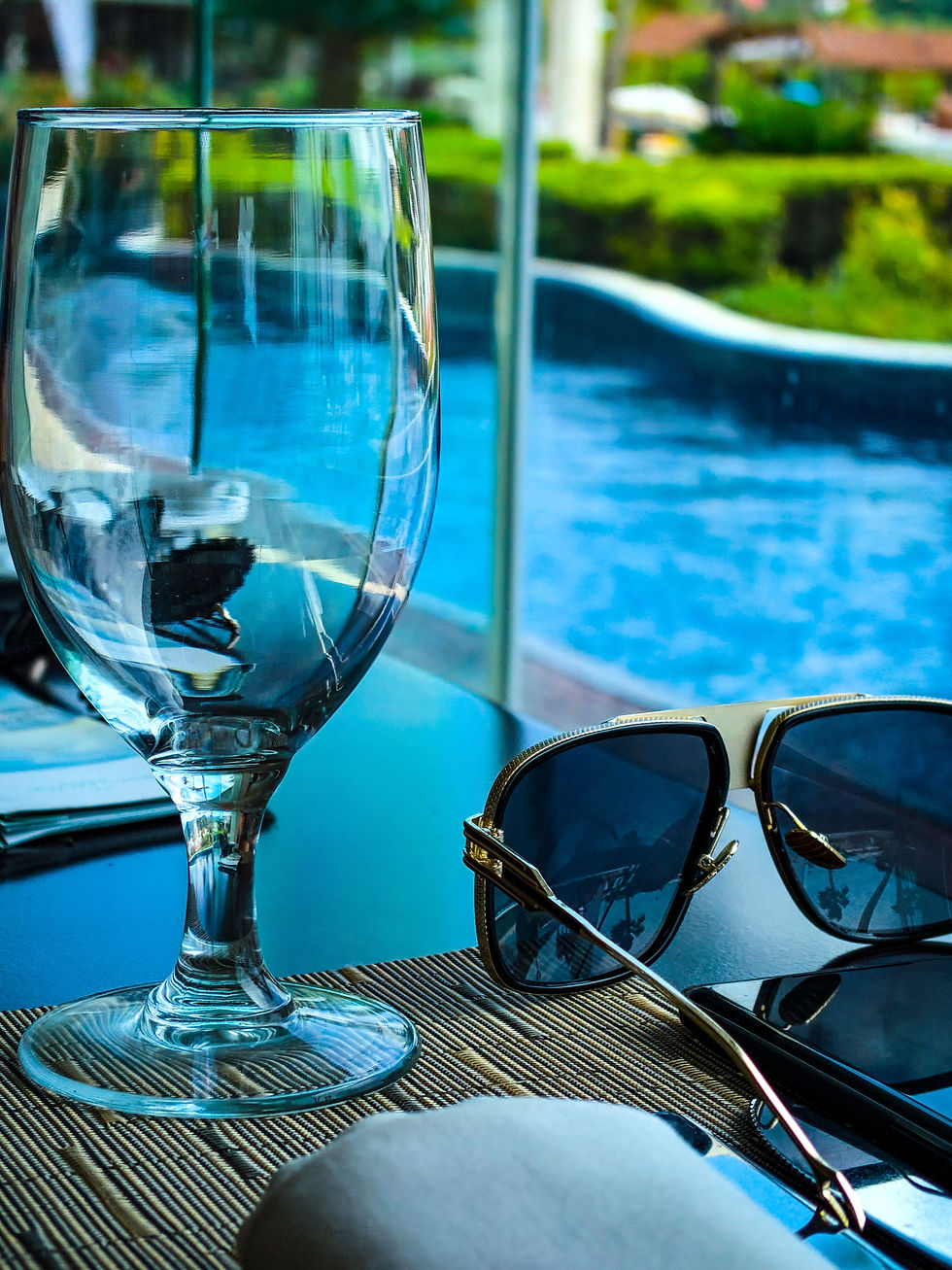You Can’t Take It With You – Swedish Death Cleaning
- The Clutter Whisperers

- Sep 16, 2023
- 4 min read
Updated: Apr 3, 2024

If you haven’t heard of the Gentle Art of Swedish Death Cleaning you may be surprised that it is not gloomy, morbid, or depressing!
Decluttering your life before you die is a loving thing to do for your family, releasing them from the burden of dealing with all your stuff after you pass.
After my mother died, I was left to go through her mountains of possessions. I sorted through her drawers, closets, piles of photos and books. I discovered things I didn’t know she had done like make a scrapbook of her days as a USO dancer in WWII. It was complete with photos, news articles, hotel brochures and postcards of all the places she had visited across the country, with captions about her friends and the shows.
I wish I had a chance to go through these things with her while she was around, but I’m sure she just never thought I’d be interested. So wrong!

For those looking to downsize, this is a perfect time to do this sort of cleanout. Here’s how!
1. Start with large things, finishing with the small. Pictures and letters last.
2. Look at your clothes first. Carefully consider the clothes you actually wear and get rid of those that no longer fit your lifestyle. If you no longer go to an office every day and usually wear jeans and athleisurewear, then ditch the suits and pencil skirts. And heels!
3. Start giving things away to family and friends. But – ask them what they want first!

They want to inherit nice things to remember you by, not ALL your things.
4. Dishes and silverware. Consider only keeping enough for the amount of people you can seat at your table.
5. Small appliances and cookware. Americans are the greatest consumers – it’s amazing how much stuff we accumulate over a lifetime. Throw out your old coffee makers, toaster ovens, pots and pans and just keep the newer ones.
6. Expired? Throw it out. Sort through the kitchen cabinets and bathroom drawers, and throw out old make-up, lotions, old shampoos, used soaps, and old meds.
7. Books. Keep only the ones you haven’t read yet or keep coming back to, donate the rest to your local library. Consider cookbooks that you haven’t used in more than 10 years as potential donations (if you must – take photos of your favorite recipes, and store in an Evernote-type app).

8. Tools. These things tend to sit around for years. If you’re downsizing to a smaller home, consider that you may not need so much. Pick out only one hammer, a couple of screwdrivers, measuring tape and maybe pliers, don’t overload. Discard odd nuts, bolts, and old renovation project leftovers (donate these to Habitat for Humanity, they’ll be thrilled!).
9. Collections. If no one in the family wants them, contact an auction house (like Heritage Auctions, locations in many major US cities) and see if they’re interested. Listen to what they say! Donate if no one is interested and feel free to keep a small selection, like 3-5 of your very most favorites.
10. Unwanted gifts. Now’s the time to get rid of that silver tea set Aunt Louise gave as a wedding present (that you never use), or the dancing Santa from your grandmother that you hate. Don’t feel guilty about not keeping presents forever, most people don’t keep track of what gifts they give to whom. Once a gift is given, it’s your decision to keep – or sell or donate. Really, it’s OK.
11. Keepsake box. There are things you want to save for yourself, papers, letters, other
items that have enormous value for you. Keep it small, reasonable, manageable, like a shoebox. You don’t have to throw away everything!

12. Photos. Go through them and get rid of any that are out of focus or otherwise undesirable, or duplicates. The best thing is to digitize them or scan yourself. There are many different services, and they can fit an astonishing number of
photos on a flash drive or disc.
It’s a great idea to organize by year, subject, person, place, whatever means the most to you. Note who the people in the photo are, so subsequent generations can identify their relatives and ancestors.
Or you might organize them in envelopes by person, and give them to folks who might be thrilled to see themselves at different ages.
Ask these questions (of yourself, or your aging parents) -

· You have so many nice things, have you thought about who you want to give them to after you’re gone?
· Are there things in your home that make moving around difficult, like rugs or tables with sharp edges?
· Do you intend to have large dinner parties? If not, how many plates, mugs, glasses, silverware do you really need?
Think of this process as giving things to someone who will make happy memories of their own, rather than getting rid or stuff, or throwing things out.
Maraareta Magnusson, author of The Gentle Art of Swedish Death Cleaning, says
”To know something will have a new home and be well used is a joy.”
Remember, aging makes the whole process harder. Infirmities, less energy, less strength to lift and carry things, all make it harder to downsize as you get older. So the sooner the better.
Take your time. This can be a lot. Spare your loved ones the burden of cleaning up after you pass and enjoy sharing memories that they will treasure for a long time, while you (or your parents) focus on new adventures and a much easier and calmer life.

#Swedishdeathcleaning #downsizing #decluttering #heirlooms #bequeath #inherit #familyphotos #organizingphotos #organizing



Comments